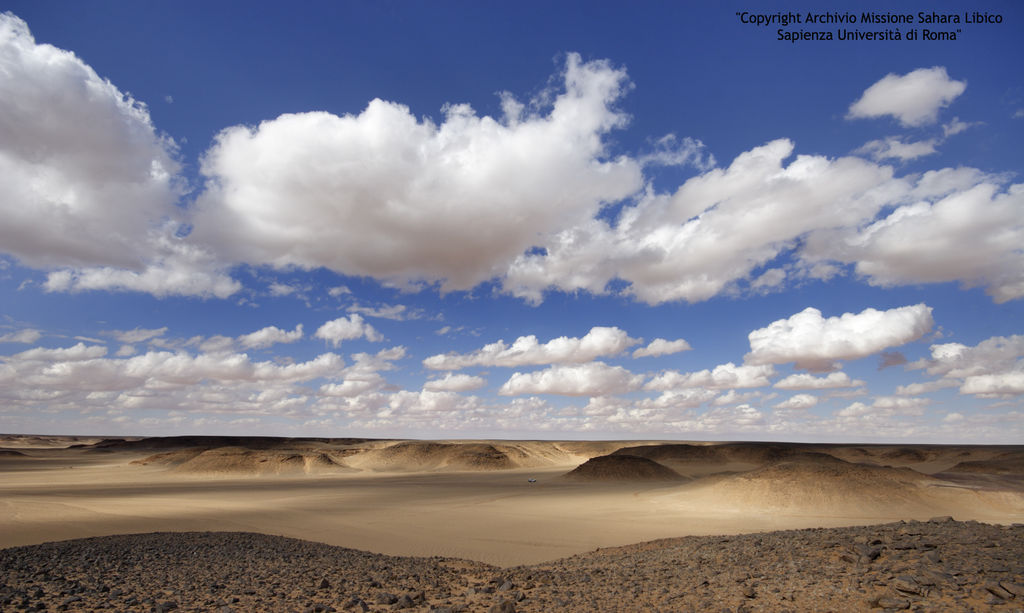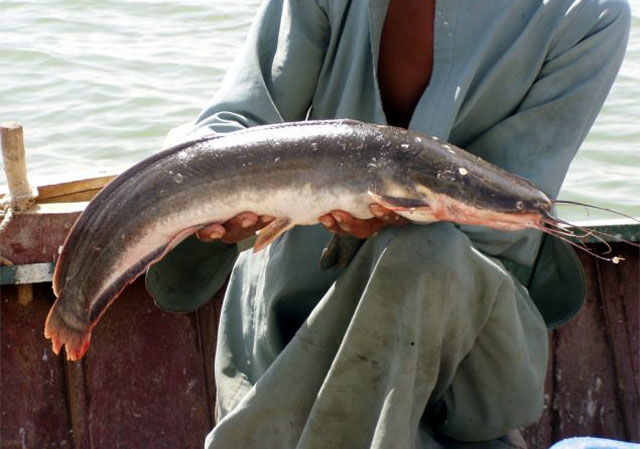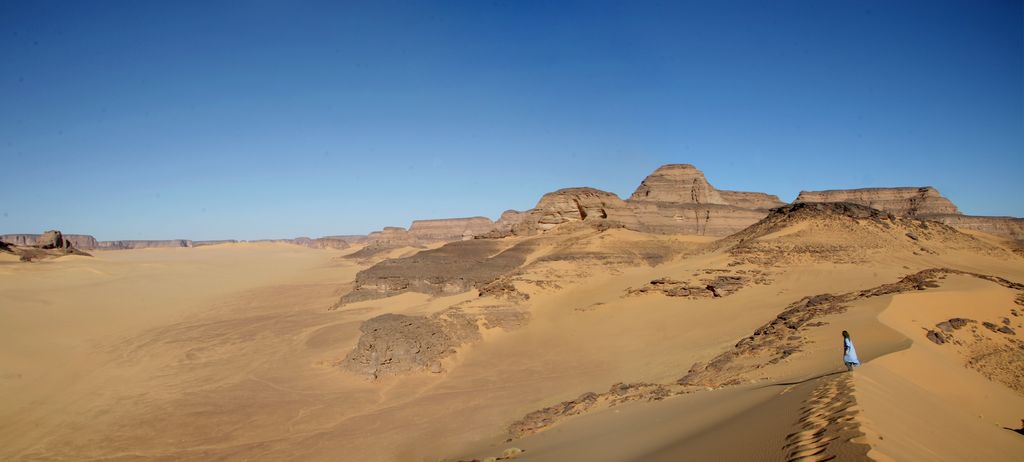
People of the Sahara used to be Fishermen
A new study, recently published on Plos One journal, coordinated by Savino di Lernia, Department of Ancient World Studies of Sapienza University of Rome, in partnership with Andrea Zerboni, Department of Earth Sciences of the University of Milan, and Wim Van Neer, Royal Belgian Institute of Natural Sciences of Brussels, reveals how fish fauna represents the majority of the animal remains emerged in the Takarkori rock shelter, in Libyan central Sahara, in the early and middle Holocene.
Thousand of fish bones belonging to different species and large individuals, over one metre long and similar to those currently living in the Nile river or in the African big lakes, re-emerged in the archaeological deposit studied by the researchers.
All the animal remains found in the Takarkori rock shelter, more than 17,500, were identified as food waste, due to the cut marks and traces of burning; 195 of the remains are from mammals, birds, reptiles and molluscs (amphibians account for 1%), whereas the remaining 80% are linked to fish fauna.
Dating them proved how fish fauna was gradually replaced by mammals: from 90% fish between 10,200 and 8000 cal BP to around 40% between 5.900 and 4.650 cal BP. These data show a gradual emergence of pastoralism in the Sahara. Over this period of time, aquatic resources gradually lost their importance until their permanent disappearance around 5000 years ago.
A more in-depth analysis of the fish species further outlined the timeframe of this transition ending with the triumph of one species over the other. Catfish and Tilapia comprised the majority of the remains found in the shelter; while tilapia initially proved to be the prevalent species of the two, the researchers noticed a subsequent change in direction, and the catfish became predominant. The catfish’s respiratory system allows it to survive in shallow and less oxygenated waters. This trend is a precious clue, useful for understanding the gradual desertification of the region.
Between 10,000 and 5,000 years ago, the desert now known as Sahara, was a region characterized by a variegated landscape, sandy dunes dotted with little lakes and rivers flowing from the mountains towards the savannah. It was densely populated both with wild animals and human communities, first hunter-gatherer and later shepherds.
“The presence of species typical of eastern African has allowed us to recreate the gradual migration of fish from the river Nile to the central Sahara at a time when environmental conditions were more humid and waterways were linked with one another” – says Savino di Lernia, archaeologist of Sapienza University of Rome. “This analysis allows us to retrace the former hydrographical network of the Sahara region and its interconnection with the Nile while providing crucial information about the dramatic climate changes that led to the formation of the world’s largest hot desert.”
The Takarkori Rock Shelter
This complex story is preserved in the Takarkori Rock Shelter’s archeological deposit in southwest Libya, studied by a team of the Sapienza University of Rome, led by the archaeologist Savino di Lernia. Here we can understand the complex interaction between the Saharan archaeological communities and the environment they used to live in. It is precisely here that the first evidence of wild cereal plantations and dairying in Africa was documented.
References:
Aquatic fauna from the Takarkori rock shelter reveals the Holocene central Saharan climate and palaeohydrography - Wim Van Neer, Francesca Alhaique, Wim Wouters, Katrien Dierickx, Monica Gala, Quentin Goffette, Guido S. Mariani, Andrea Zerboni, Savino di Lernia – PLoS ONE Published: February 19, 2020 https://doi.org/10.1371/journal.pone.0228588
Further Information
Savino di Lernia – Professor of Prehistoric Ethnography of Africa
Director of the Libyan-Italian Mission in the Tadrart Acacus and Messak (Central Sahara)
savino.dilernia@uniroma1.it





